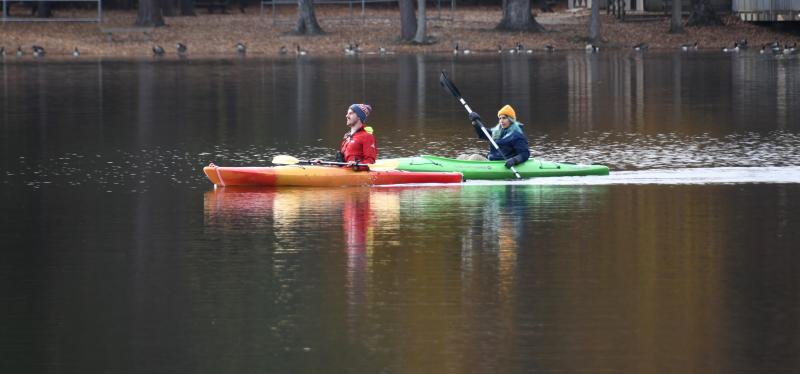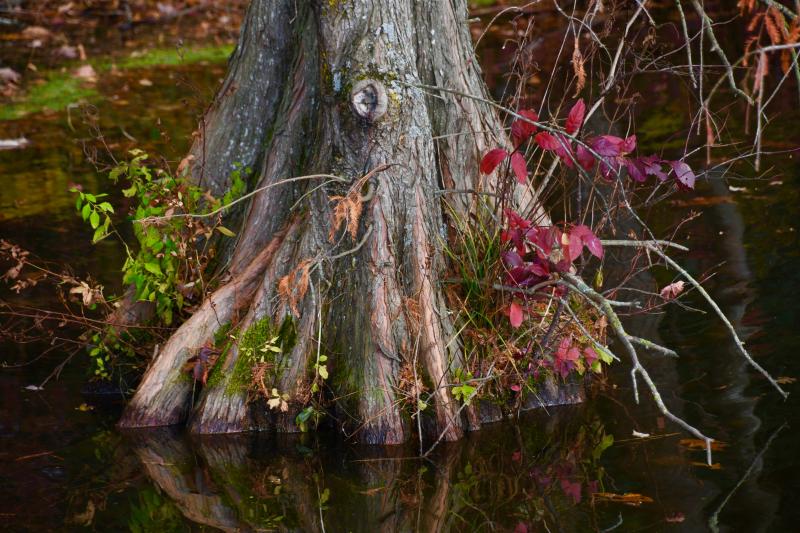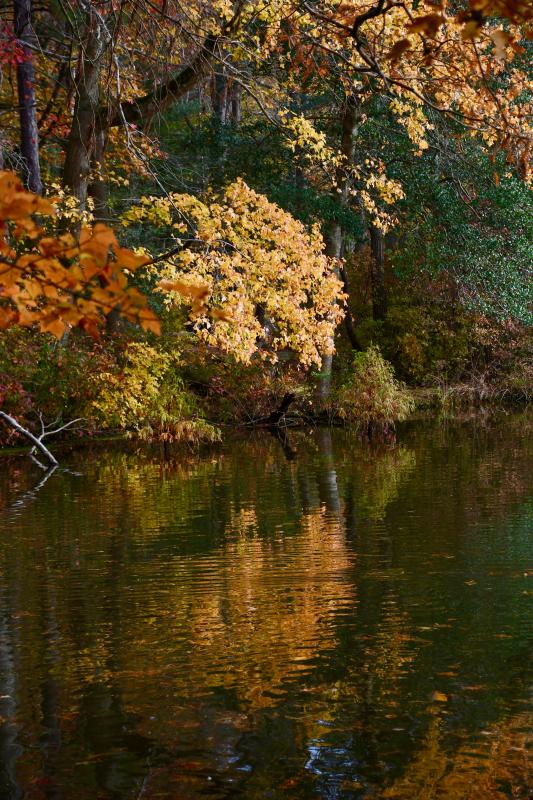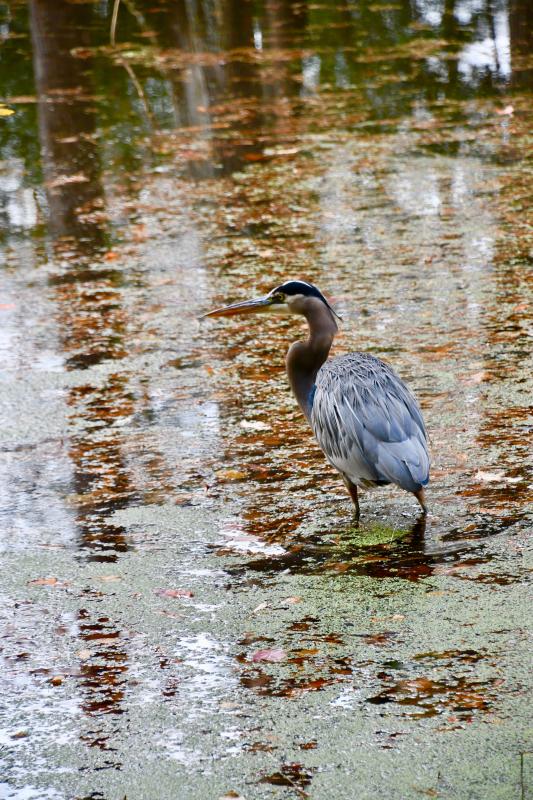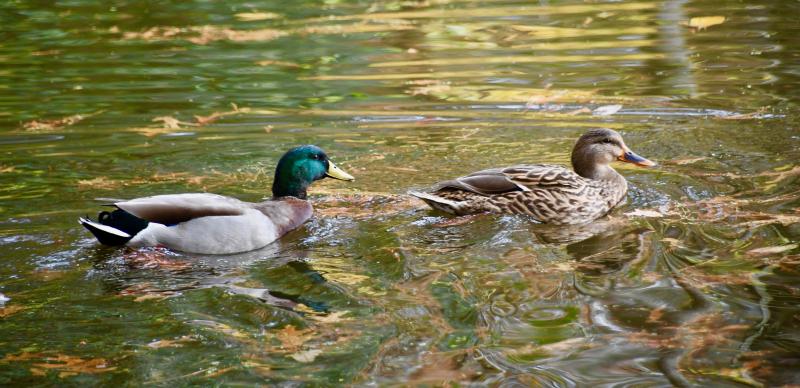Trap Pond – Delaware's first state park
I wrote a column called Mac's World for weekly newspapers in Seaford and Milford for more than 25 years. With the retirement of Dennis Forney, those of us who are going to occupy this space each Friday have big shoes to fill.
People who live in eastern Sussex County rarely venture to the western part of the county, which is not the case for people on the west side who frequent the resort area for shopping, restaurants, the beach and outdoor activities.
However, many eastern Sussex residents are beginning to discover the more than 3,600 acres of Trap Pond State Park near Laurel. It's a gem in the state's park system, with great trails, camping, kayaking and canoeing, and of course, the natural beauty of the northernmost strand of bald cypress trees in the country. Trap Pond, established in 1951, is Delaware's first state park.
Bald cypress are among nature's most unique trees, as they thrive in swampy areas and grow out of wetlands and waterways. But, they can also grow in other locales far from water.
And there's a bit of mystery surrounding bald cypress. Conical woody projections called knees grow out of the tree's roots, yet botanists are not 100 percent sure what their purpose is.
The trees lose all their needles each winter as they turn a russet-red color, and grow new ones each spring.
The 4.6-mile Bob Trail, named after former Sen. Bob Venables of Laurel, who passed away Dec. 18, 2021, is a great way to explore the park on a bike or by hiking. The park also features 9 miles of canoe and kayak trails. Paddling on the park as the leaves start to change color in the fall is a special treat.
As a youngster, I swam in Trap Pond, as did hundreds of other people. Pollution from runoff has rendered the water unsafe for swimming, but you can still catch fish.
The history of the area dates back to the 18th century. When bog iron was discovered, the area around the pond became an iron-processing site to supply the many furnaces and forges throughout the county. Charcoal was also a major product.
All of that gave way to logging as the demand for lumber grew with more and more people settling in the area in the late 1700s. The sawmill at Trap Pond was one of 20 in the area. The stands of white cedar and bald cypress trees in the area were highly sought after.
As woods were cleared, farmers moved in, and sawmills were converted to grain and grist mills, which operated until the early 1900s. The pond takes it name from Trap Mills, which operated there in the 1800s.
The original dam was washed away in a 1931 storm, and the pond was completely drained. In stepped FDR's Civilian Conservation Corps, which designated the area as a prime recreational area and rebuilt the dam in 1936-37. Workers also constructed picnic pavilions and cooking grills, although the pond was still private property until 1951.
Trap Pond is a four-season park. Granted, there are many more activities during the spring, summer and fall, but hiking, biking and camping are still available in the winter.
It's easy to lose yourself in thought while taking a hike on the Bob Trail this time of year. And a covering of snow only adds to the experience.
For more information, go to destateparks.com/PondsRivers/TrapPond. It's about a 45-minute ride from the Cape Region.














